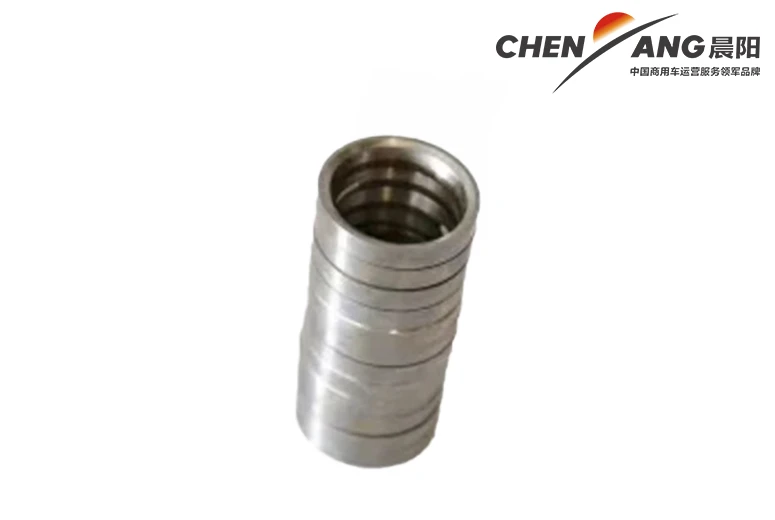transmission shift cable replacement
Transmission Shift Cable Replacement A Comprehensive Guide
When it comes to maintaining your vehicle in top-notch condition, few components play as crucial a role as the transmission shift cable. This often-overlooked part is essential for the smooth operation of your vehicle’s transmission system. If you find yourself experiencing unusual shifting issues or difficulty getting into gear, it might be time to consider replacing your transmission shift cable. In this article, we will explore the importance of the shift cable, signs of wear, and provide a step-by-step guide to replacing it.
Understanding the Role of the Transmission Shift Cable
The transmission shift cable connects the gear shifter in your vehicle's cabin to the transmission itself. This cable transmits the driver’s input from the shifter to the transmission, allowing for seamless gear changes. Over time, this cable can wear out or become damaged due to regular use or exposure to environmental factors. When this happens, you may notice symptoms like a grinding noise when shifting, difficulty in shifting, or even the inability to change gears entirely.
Signs of a Failing Shift Cable
It's essential to recognize the signs that indicate your transmission shift cable is failing. Some of the most common symptoms include
1. Difficulty Shifting Gears If you find it hard to shift your vehicle into gear, it might be a sign that the cable is stretched or frayed. 2. Unresponsive Gear Shifter If the shifter feels loose or doesn’t engage the transmission as intended, it’s a strong indication of cable damage. 3. Unexpected Gear Changes If your vehicle unexpectedly jumps to a different gear, it could be due to a faulty shift cable. 4. Grinding Noises Unusual sounds when shifting gears can also indicate issues with the cable.
If you notice any of these symptoms, it’s advisable to act quickly to prevent further damage to your vehicle.
Tools and Materials Needed
Before you begin the replacement process, gather the following tools and materials
transmission shift cable replacement

- New transmission shift cable (specific to your vehicle’s make and model) - Socket set and ratchet - Screwdrivers (flathead and Phillips) - Pliers - Safety gloves - Jack and jack stands (if needed)
Step-by-Step Guide to Replacing the Transmission Shift Cable
1. Preparation and Safety First Park your vehicle on a flat surface, engage the parking brake, and disconnect the negative terminal of the battery to ensure safety. 2. Access the Shift Cable Depending on your vehicle model, you may need to remove certain panels or components to gain access to the shift cable. This may involve taking out the center console or other trim pieces.
3. Remove the Old Cable Locate the connections of the old shift cable at both the transmission and the gear shifter. Use your pliers and screwdrivers to detach the cable from these points. Be sure to note how the cable is routed to install the new one correctly.
4. Install the New Shift Cable Route the new transmission shift cable in the same path as the old one. Connect one end to the shifter and the other to the transmission. Make sure the connections are secure and that the cable moves freely without any obstruction.
5. Test the Installation Before reassembling everything, reconnect the negative battery terminal and test the gearbox by shifting through all positions. Ensure smooth transitions and that the vehicle engages properly in each gear.
6. Reassemble Once you’ve confirmed that the new shift cable is functioning correctly, put back any panels or components you had to remove during the process.
7. Final Check After everything is back in place, take your vehicle for a short test drive to ensure that everything is functioning appropriately.
Conclusion
Replacing a transmission shift cable may seem daunting, but it is a manageable task that can significantly enhance your vehicle’s performance. By following these guidelines and knowing the signs of a failing cable, you can extend the life of your transmission system and improve your overall driving experience. If you’re ever in doubt or uncomfortable with the process, don’t hesitate to seek professional assistance. Remember, a well-maintained vehicle is the key to safe and enjoyable driving.
-
SINOTRUK HOWO 84 Electric Dump Truck for Eco-Friendly Heavy HaulingNewsJul.26,2025
-
The Fast 16-Gear Manual Transmission Assembly for Heavy TrucksNewsJul.25,2025
-
Mercedes Benz Actros 1848 42 Tractor Truck for Sale - Reliable PerformanceNewsJul.24,2025
-
High-Quality Water Pump Assembly for Sinotruk Trucks – Durable & ReliableNewsJul.23,2025
-
Premium Truck Engine Antifreeze Coolant Fluid for Heavy Duty VehiclesNewsJul.22,2025
-
FOTON View G7 Mini Bus: Affordable & Spacious TransportNewsJul.22,2025
Popular products

























